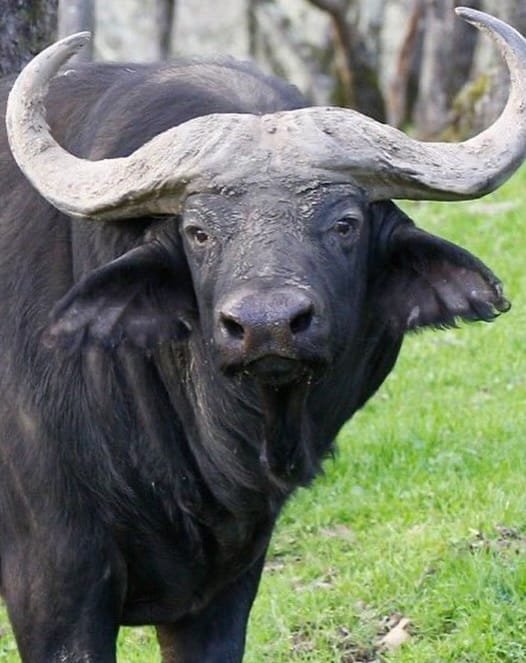
A tragic incident has shaken Limpopo’s hunting community after Asher Watkins, 52, was killed when a 1.3-ton Cape buffalo suddenly charged at him during a safari.
According to the safari organizers, Watkins was on a guided hunting trip when the massive animal launched its deadly attack. The buffalo struck with incredible force, killing him instantly. Investigators confirmed that the buffalo had not been wounded or provoked prior to the incident, making the attack both rare and unpredictable.
The Dangerous Reality of Cape Buffalo Encounters
The Cape buffalo (Syncerus caffer), sometimes called the “Black Death”, is one of Africa’s most dangerous animals. Known for its muscular build, razor-sharp horns, and unpredictable temperament, it has been responsible for numerous fatal encounters with both hunters and tourists.
Wildlife experts warn that while many safaris are safe, hunting trips carry inherent risks — especially when dealing with large and defensive game. A Cape buffalo can run up to 57 km/h and will often charge without warning if it feels threatened.
Tributes to Asher Watkins
Friends and fellow hunters have described Watkins as a passionate outdoorsman with a deep respect for Africa’s wilderness. Many have taken to social media to share condolences and stories of his adventurous spirit.
The incident serves as a sobering reminder that Africa’s wildlife, while awe-inspiring, demands constant vigilance and respect.
📌 About the Cape Buffalo
- Scientific name: Syncerus caffer
- Average weight: 500–900 kg (males can exceed 1,000 kg)
- Habitat: Savannas, grasslands, and woodlands across sub-Saharan Africa
- Temperament: Highly unpredictable, especially when wounded or protecting calves
- Danger level: Considered one of the “Big Five” game animals due to its difficulty to hunt and potential for deadly encounters





